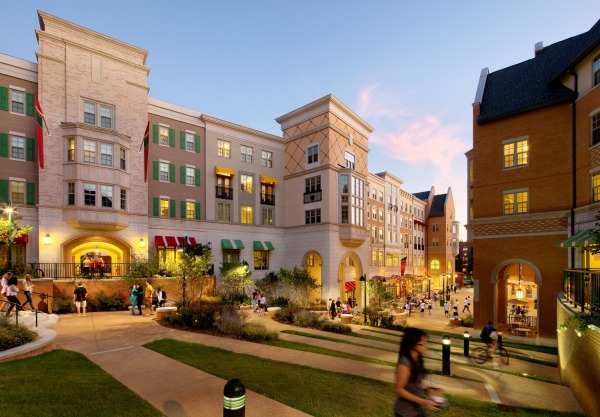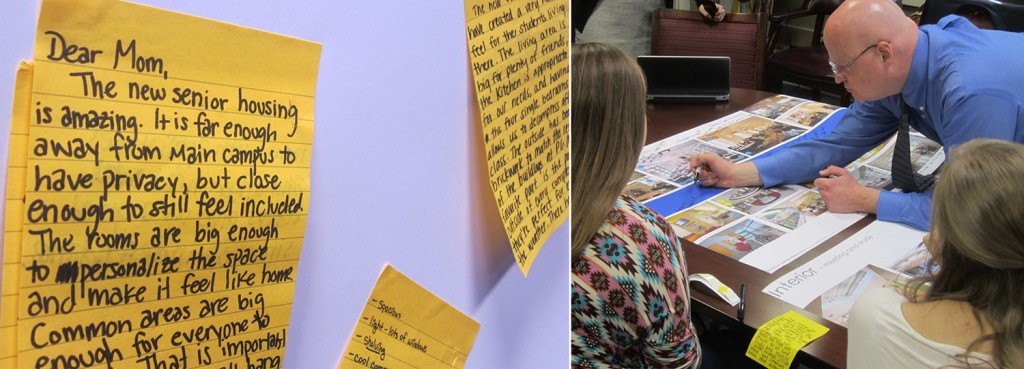At many institutions of higher learning, administrators and residential life staff have grappled with the question for some time – how to keep students interested in living on campus after sophomore year. There are several factors that contribute to a student’s desire to live off campus (cost, convenience, freedom… to name a few). It is quite common for students to endure deplorable physical residential conditions in return for those perceived, or real, benefits (many of us recall the squalor with a certain pride and romanticism that can only be acquired with the passing of years).
In spite of this reality, institutions are increasing efforts to retain older students on campus longer, which is widely seen as a mutually beneficial outcome for schools and students alike. Specifically, college and university administrators and facility managers have been tasked with finding answers to this fundamental question by seeking and implementing changes to improve the desirability of upperclassman housing. Here are some factors to keep in mind when planning and designing such facilities:
Know the Competition
This requires careful research and the ability to think like a student. While price may be a compelling reason to move off campus, it is critical to understand the other advantages being offered at the full range of off campus housing options (privacy, amenities, location and access). Student success is supported by continuing to live on campus, especially given the fact that learning happens in a wide range of places on campus, not solely the classroom. Those who live off campus ultimately miss out on after-hours activities centered on work and play.
Institutions also need to remember their primary advantage is The College Experience. Living on campus remains the best way to stay connected with a student’s social network. Well-planned campuses provide indoor and outdoor places that support both organized and spontaneous interaction of groups large and small.

Inspired by European streetscapes, the South 40 Residence Halls at Washington University seamlessly combine private and public spaces.
Balance Desire for Privacy with Need for Community
After living on campus for two years, which may be an institutional requirement, students often feel they are ready for more independence in their living arrangement. This is manifest in the stated preferences for single bedrooms and private bathrooms. However, most students remain interested in feeling they are part of the broader campus community. Their social network has been established. One perceived perk of being an upperclassman is the ability to control time spent alone versus time engaged with others. During one campus visit to Baylor, I recall one student, nearing the end of their sophomore year, emotionally exclaim, “I have no interest in moving out of the dorms… I have the rest of my life to live off campus.” While this sentiment may not be universally shared, it does suggest the importance of instilling a sense of school spirit. Indeed, it is the uncommonly wise student who understands four years will pass all too quickly and time spent on campus should be enjoyed to the fullest.
It is the uncommonly wise student who understands four years will pass all too quickly and time spent on campus should be enjoyed to the fullest.
One Size Does Not Fit All
Each campus has a distinct set of circumstances, culture, history and traditions. By extension, upperclassmen at each school have unique desires and needs (what works at one school will almost certainly not translate well at another). It is imperative to hear from a representative cross-section of students (sophomores, upperclassmen and even recent graduates). On-line surveys are useful. But there is no substitute for gathering students in groups and allowing them to express their opinions, hear the opinions of their classmates, and debate the merits of their ideas – typically in a spirited manner. By witnessing and participating first hand, the design professional, with the steering committee, can better synthesize raw wish lists into a concise set of core truths and aspirations for the project.
Check back next week for Part 2 of this post!

 By: Steve Emer
By: Steve Emer 